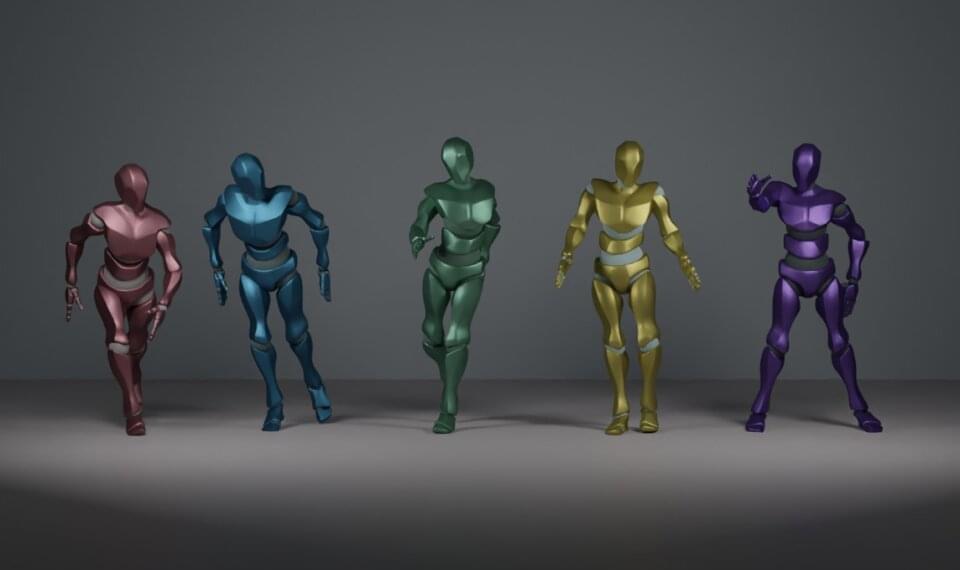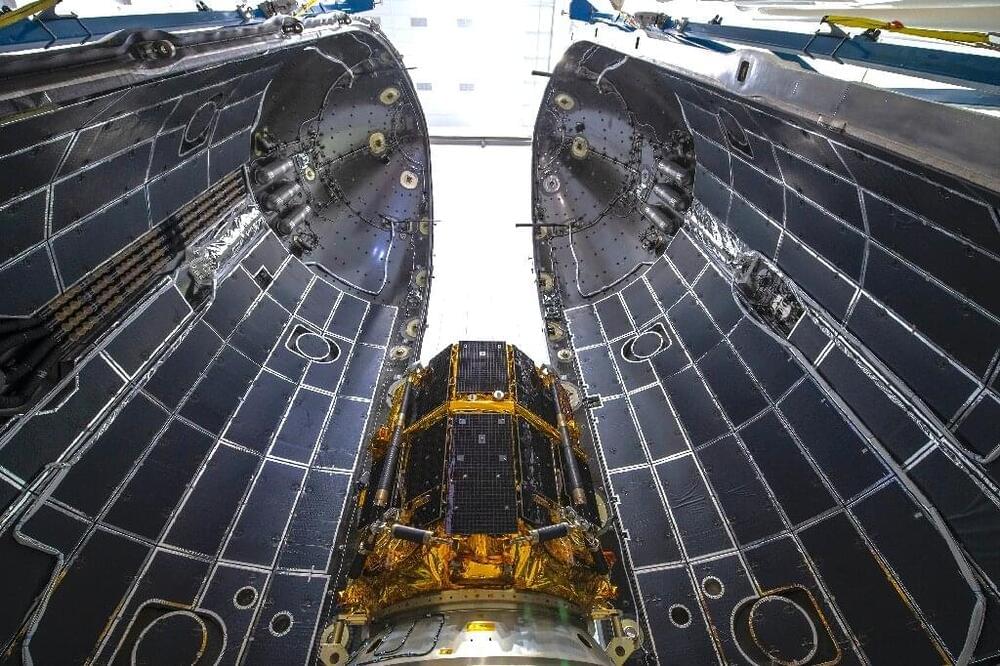Learn How to Prevent and Heal Cancer Using Natural, Holistic and Integrative Methods from World Leading Doctors and Cancer-Conquerors.
Page 2970
Apr 26, 2023
AI-powered dance animator applies generative AI to choreography
Posted by Kelvin Dafiaghor in categories: media & arts, robotics/AI

Stanford University researchers have developed a generative AI model that can choreograph human dance animation to match any piece of music. It’s called Editable Dance GEneration (EDGE).
“EDGE shows that AI-enabled characters can bring a level of musicality and artistry to dance animation that was not possible before,” says Karen Liu, a professor of computer science who led a team that included two student collaborators, Jonathan Tseng and Rodrigo Castellon, in her lab.
Continue reading “AI-powered dance animator applies generative AI to choreography” »
Apr 26, 2023
The Hybrid Innovation Model: Merging Corporate Strength And Startup Agility
Posted by Shubham Ghosh Roy in categories: business, innovation
Ensuring proper funding level and visibility was another challenge. To provide the necessary resources, we included executive sponsors on the boards of satellite organizations, which offered better visibility and support for innovation projects. Finally, we faced the challenge of process alignment to maintain agility while ensuring safety. As a result, we defined the minimum required processes to guarantee safety as a top priority during developments, allowing satellite organizations to remain agile without compromising safety standards.
By addressing these and other challenges, we were able to determine the appropriate balance between autonomy and oversight for our organization. Our successful model involves a mix of internal and external talent, strong alignment between corporate and satellite strategies, and ongoing investment in innovative projects. We measure success using specific metrics such as project completion rates, knowledge and employee transfer efficiency, and the value of innovations returned to the parent corporation.
The hybrid innovation model represents a groundbreaking approach for corporations looking to harness the benefits of both the corporate and startup worlds. Corporations can foster an agile and dynamic environment that attracts top talent and facilitates rapid development and testing of new ideas. Although there are challenges to implementing this model, the potential benefits make it an attractive option for corporations seeking to drive innovation and growth in today’s fast-paced business environment.
Apr 26, 2023
Jailbreaking AI Chatbots Is Tech’s New Pastime
Posted by Kelvin Dafiaghor in category: robotics/AI
AI programs have safety restrictions built in to prevent them from saying offensive or dangerous things. It doesn’t always work.
Apr 26, 2023
Avengers’ Director Joe Russo Predicts AI Could Be Making Movies in ‘Two Years’: It Will ‘Engineer and Change Storytelling
Posted by Dan Kummer in categories: entertainment, robotics/AI
Called it. and i said 2029/2030. Looks like will happen sooner. my prediction was AI would be able to do 100% of production start to end, with almost zero input from people, except maybe for a creative director — producer person.
As artificial intelligence continues to disrupt the entertainment industry, many moviegoers have been left wondering at what point AI will be creating full feature films. According to Joe Russo, co-director of Marvel movies such as “Avengers: Endgame” and “Avengers: Infinity War,” that time could be coming in two years.
“I’m on the board of a few AI companies,” Russo told Collider. “I’m gonna speak from my experience of being on the board of those companies, [so] there are AI companies that are developing AI to protect you from AI. And unfortunately, we’re in that world, and you will need an AI in your life because whether we want to see it developed or not, people who are not friendly to us may develop it anyways. So, we’re going to be in that future. The question is, then, how we protect ourselves in that future?”
Apr 26, 2023
Opinion letter from Ray Kurzweil on request for 6 month delay on large language models that go beyond GPT-4 « Kurzweil
Posted by Dan Kummer in categories: biotech/medical, education, health, Ray Kurzweil, robotics/AI
Kurzweil says NO, on AI pause non sense.

By Ray Kurzweil April 2023
Apr 25, 2023
Japan firm’s pioneering Moon landing fails
Posted by Saúl Morales Rodriguéz in categories: robotics/AI, space travel
A Japanese startup attempting the first private landing on the Moon said Wednesday it had lost communication with its spacecraft and assumed the lunar mission had failed.
Ispace said that it could not establish communication with the unmanned Hakuto-R lunar lander after its expected landing time, a frustrating end to a mission that began with a launch from the United States over four months ago.
“We have not confirmed communication with the lander,” a company official told reporters about 25 minutes after the expected landing.
Apr 25, 2023
Two massive gravity batteries are nearing completion in the US and China
Posted by Gemechu Taye in categories: energy, sustainability
The system helps to plug the gap when it comes to renewable energy sources.
As a solution to the unpredictable nature of renewable energy sources like solar and wind power, gravity batteries are being pitched as an ideal remedy. To further this cause, Swiss startup Energy Vault is now completing two such units, which are situated near Shanghai in China and Texas in the United States.
The basic idea behind a gravity battery system is to lift a heavy object, such as a large mass of concrete or a weight, on a pulley, using energy from a power source. When energy is needed, the thing can fall, and the potential energy is converted back into electricity.
Apr 25, 2023
New study reveals a gel that promises to wipe out brain cancer for good
Posted by Gemechu Taye in categories: biotech/medical, neuroscience

An anti-cancer gel promises to wipe out glioblastoma permanently, a feat that’s never been accomplished by any drug or surgery. So what makes this gel so special?
Scientists at Johns Hopkins University (JHU) have developed a novel gel that both eliminates brain cancer (glioblastoma) and keeps it from recurring. When they tested this anti-cancer gel on mice with glioblastoma, surprisingly, all the mouse models were cured of the illness.
Continue reading “New study reveals a gel that promises to wipe out brain cancer for good” »















